Chapter 2: THE MYSTERY OF DIONYSOS
Cultivating the Vine of LIFE
Virginia Beane Rutter

Figure 2.1 Dionysos and Satyrs. Brygos Painter. Interior of Attic red-figured ceramic cup. c. 480 BCE. Cabinet des Medailles. Louvre. (Wikicommons images.)

Figure 2.2 Apollo and Dionysos depicted as young men, Kouroi. Engraving on the metal back of a mirror. Greek Archaic Period. (From Harrison, Themis, p. 442).
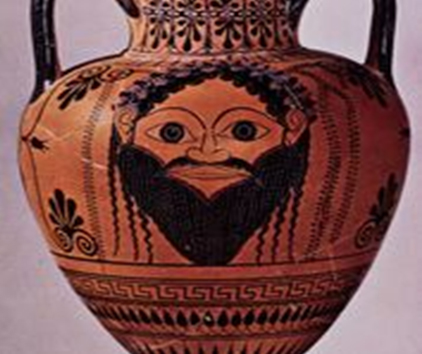
Figure 2.3 Mask of bearded Dionysos in his older manifestation, no longer a young man. Black-figure amphora. From Tarquinia, Attica, 530–520 BCE.

Figure 2.4 Cup-like kylix. Chalkidian black-figure eye-cup, c. 530 BCE. Staatliche Antikensammlungen, Munich.

Figure 2.5 Dionysos dancing with satyrs and maenads, holding a kantharos, draped with a leopard skin, vines hanging over him. Red figure amphora by the Kleophades Painter. Antiker Museum, Munich.
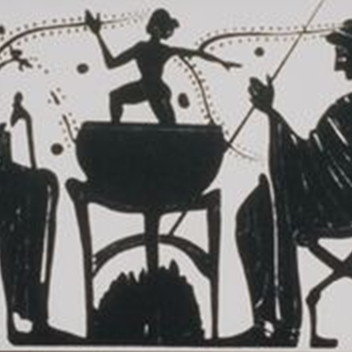
Figure 2.6 The Child in the Cauldron. Black-figure, terracotta vessel, Attica, 520–500 BCE.

Figure 2.7 Liknon (a word that means both cradle and winnowing fan) containing a naked baby. Sarcophagus relief. Roman period. Fitzwilliam Museum, Cambridge. (Diagram in Harrison, p. 524, fig. 150).
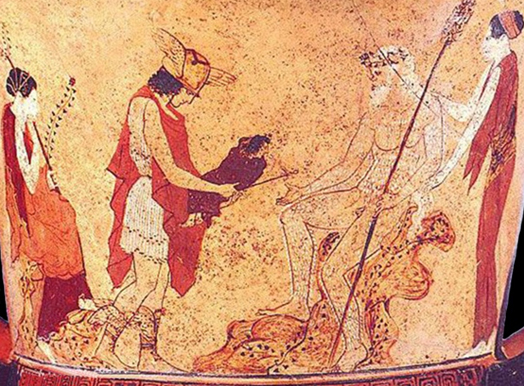
Figure 2.8 Hermes delivering baby Dionysos to Silenus and the nymphs of Nysa. Athenian red-figure kalyx krater, c. fifth-century BCE. Gregorian Etruscan Museum, Vatican Museums.

Figure 2.9 Dionysos Mainomenos, with goat, leopard skin, and boots. Terracotta kylix red-figure, c. 490 BCE.
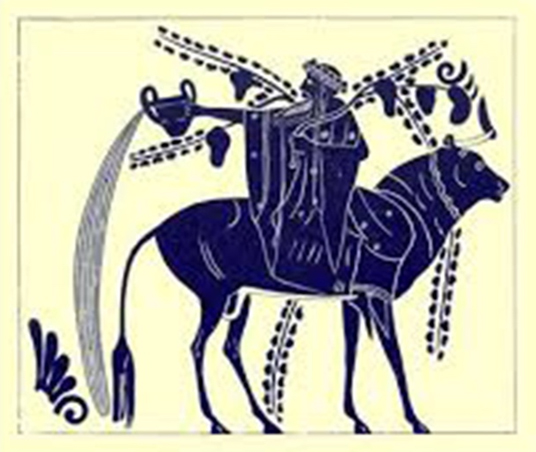
Figure 2.10 Dionysos on his bull. Terracotta amphora black-figure, 500 BCE.

Figure 2.11 Two maenads with a bull. Hellenistic sculpture. Rome. Greco-Roman era.
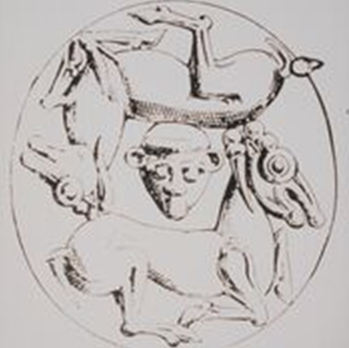
Figure 2.12 Mask with goats, glyptic seal. Crete.

Figure 2.13 Dionysos with lion and Silenus. Black-figured vase. c. 530–500 BCE.
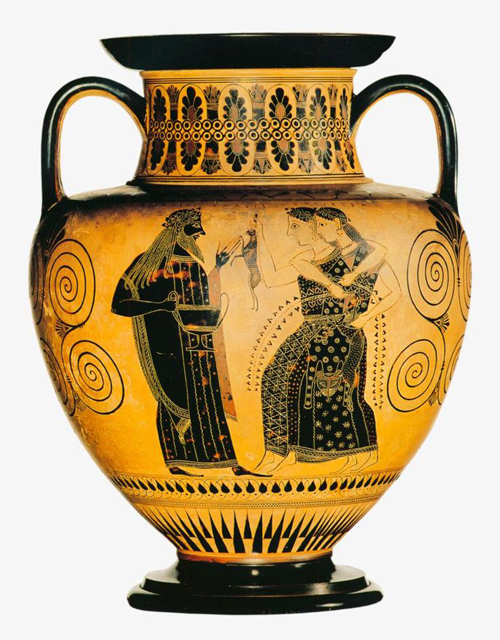
Figure 2.14 Two maenads presenting a small stag to Dionysos, with a hare hanging down from the maenad’s waist, as though a part of her dress. Black-figure painting on terracotta vessel. Attica c. 540 BCE. Cabinet des Medailles, Paris.

Figure 2.15 Silenus in a wine harvest scene. Amphora, black-figure, c. 530 BCE.

Figure 2.16 Festival of Dionysos. Red-figured terracotta from Naples. Early Greek classical vessel/stamnoi, 425–400 BCE.

Figure 2.17 Detail. Procession of Maenads, playing pipes and tambourine with the young god and a leopard following. Villa Quintiliana, Appian Way. Roman, 100 CE. British Museum.

Figure 2.18 Ariadne as maenad and Dionysos. Amphora, black figure, 510 BCE.

Figure 2.19 Dionysos and Ariadne beneath the vine. Lucanian red-figure volute krater, fourth-century BCE. Toledo Museum of Art.

Figure 2.20 Dionysos and Ariadne. Terracotta red-figure, 520–510 BCE. The Louvre.
Go back to When the Soul Remembers Itself: Ancient Greece, Modern Psyche